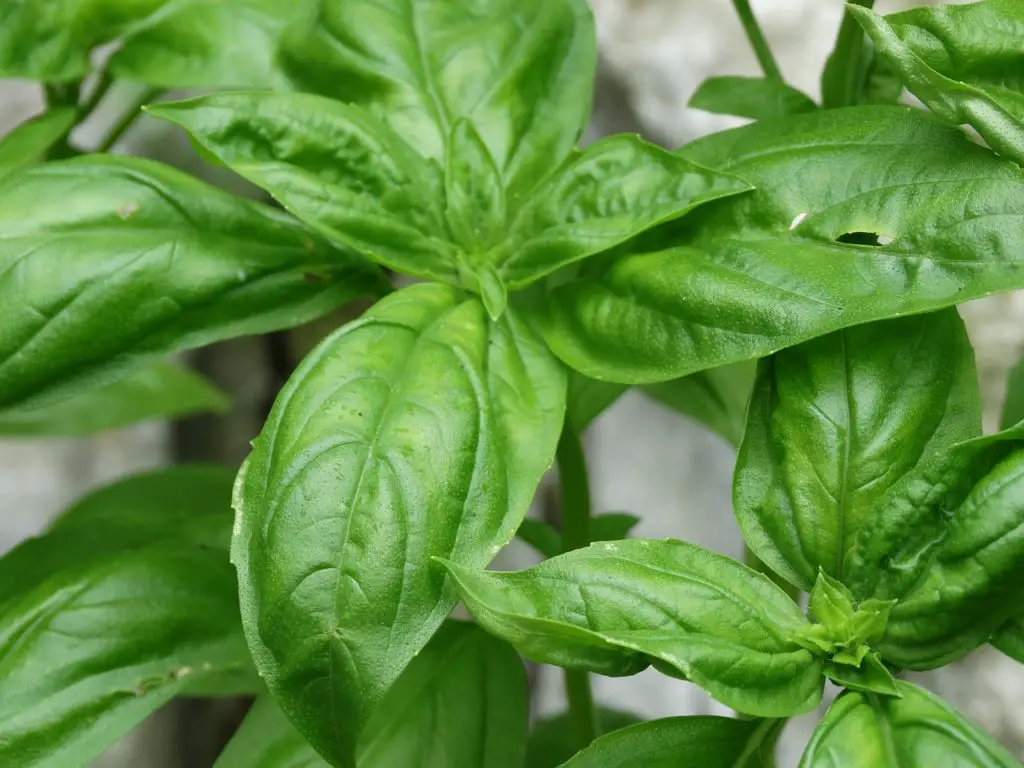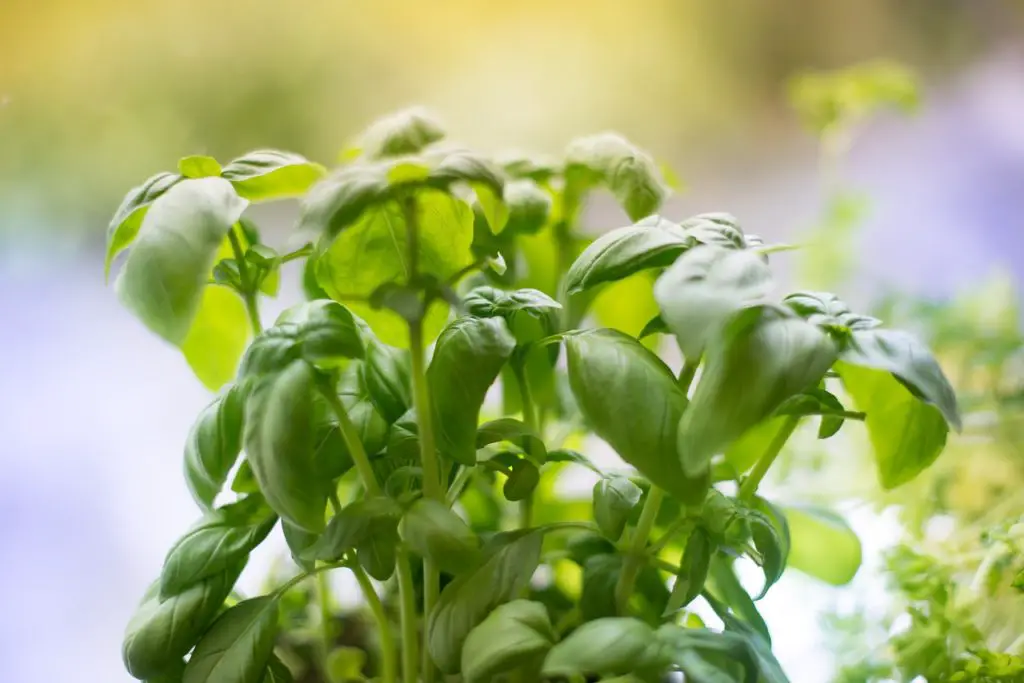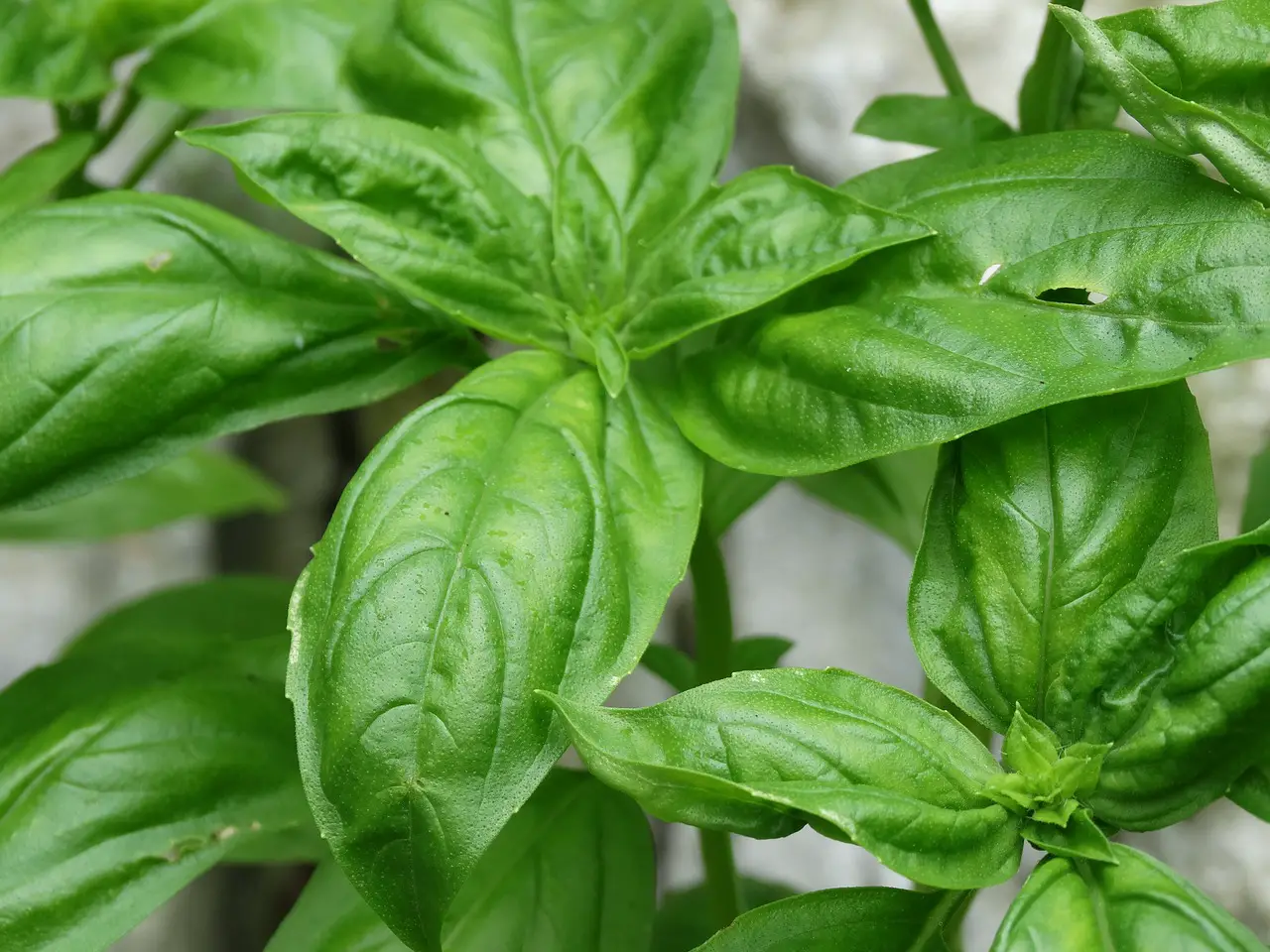
Basil indeed requires full sun to reach its full potential, necessitating 6-8 hours of direct sunlight daily. This exposure is crucial for the plant to conduct photosynthesis effectively, leading to vigorous growth, robust health, and the development of its distinctive aromatic leaves. While basil can survive in partial shade, its growth may be stunted, and the leaves may lack their full flavor. To cultivate a thriving basil plant, ensure it is planted in a location that receives ample sunlight throughout the day.
Does Basil Need Full Sun
Basil thrives best in full sun, requiring 6-8 hours of direct sunlight daily. Adequate sunlight is essential for its growth, health, and the development of its rich, aromatic flavor. Limited sun may result in less vigorous plants.
Will Basil Grow In Shade
Basil can grow in shade but with limitations. Shaded conditions result in less vigorous growth and milder flavor. While it prefers full sun, basil can adapt to partial shade, especially in hot climates where some relief from intense afternoon sun is beneficial. For optimal growth and flavor, ensure basil receives some direct sunlight daily, even in shaded environments.
Does Thai Basil Need Full Sun
Yes, Thai basil thrives in full sun, requiring at least six hours of direct sunlight daily for optimal growth and flavor development. While it can tolerate partial shade, insufficient sunlight may result in leggy growth and diminished flavor. Plant Thai basil in a sunny spot in the garden or ensure adequate light exposure when growing indoors for the best results.
Does Purple Basil Need Full Sun
Purple basil also benefits from full sun exposure, requiring at least six hours of direct sunlight daily. While it can tolerate partial shade, insufficient sunlight may result in leggy growth and less vibrant coloration. Plant purple basil in a sunny location in the garden or ensure adequate light exposure when growing indoors for optimal growth and color development.
Does Holy Basil Need Full Sun
Holy basil thrives in full sun, requiring at least six hours of direct sunlight daily for optimal growth and flavor development. While it can tolerate partial shade, insufficient sunlight may result in leggy growth and reduced flavor potency. Plant Holy basil in a sunny spot in the garden or ensure adequate light exposure when growing indoors for best results.

Basil Growth Requirements
Basil thrives in warm temperatures and requires well-draining soil with moderate moisture levels. It prefers full sun but can tolerate partial shade. Regular pruning encourages bushier growth. Ensure adequate airflow to prevent diseases.
Basil Season
Basil is typically grown as an annual herb, thriving in warm weather. It is planted in spring after the last frost and harvested throughout the summer until the first frost of fall. In regions with mild winters, basil may continue to grow year-round. However, it’s generally treated as a seasonal plant, with the peak season for fresh basil occurring during the warmer months of spring and summer.
Best Basil Location
Choose a sunny spot with at least six hours of direct sunlight daily for optimal basil growth. Ensure well-draining soil to prevent waterlogging. Plant basil away from areas with strong winds or drafts to avoid stress on the plants.
Basil Soil
Basil thrives in well-draining soil with a slightly acidic to neutral pH level, ideally between 6.0 and 7.5. Amend heavy clay soils with organic matter to improve drainage. Avoid waterlogged or compacted soil, as it can lead to root rot. Ensure soil is loose and fertile to support healthy basil growth.
Mulch And Moisture
Mulching around basil plants helps retain soil moisture, suppresses weeds, and maintains consistent soil temperature. Use organic mulches like straw or compost, applying a 2-3 inch layer around the plants. However, avoid mulching directly against the stems to prevent rot. Water basil deeply and regularly, ensuring the soil remains consistently moist but not waterlogged.
Pinching Basil For Growth
Pinching basil involves removing the top set of leaves to encourage branching and fuller growth. This process stimulates lateral growth, resulting in bushier plants with increased leaf production. Pinch basil when it has about six to eight sets of leaves, and continue as needed throughout the growing season for optimal results.
FAQ
Can Basil Get Too Much Sun
Yes, basil can suffer from sunburn and heat stress if exposed to too much sunlight, especially during hot summer days. While it requires ample sunlight for optimal growth, prolonged exposure to intense sunlight without adequate moisture can cause wilting, leaf discoloration, and reduced vigor. Providing shade during the hottest part of the day can help mitigate sun damage.
Can Basil Survive Without Direct Sunlight
While basil prefers full sun for optimal growth, it can survive in partial shade. However, insufficient sunlight may result in leggy growth and reduced flavor intensity. Ensure basil receives at least six hours of indirect sunlight daily for adequate photosynthesis and healthy development.

